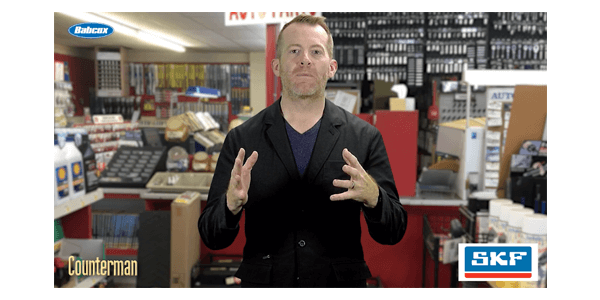This is always an important topic to discuss, because I consider excellent customer service one of the most important tools you can have to earn trust, respect and repeat business from the customers that come through your door. Whether that customer is do-it-yourselfer from across town or the professional repair shop across the street, your business depends on a solid relationship.It’s a subject that I am passionate about, and it’s one that many people are losing touch with. Whether you are communicating to someone in person, on the phone or using some type of social media, good customer service and bad can both exist. You can’t afford the latter, so this is the first in a series of topics which can and should be shared from the front of the shop to the back. No matter which role you hold, you represent the shop and yourself. Customer service should be your number one priority.First on the list is the greeting. From the second a customer walks in the door, they need to know you appreciate them coming in and how important they are to your business. First impressions are everything and here’s the correct way to do it each and every time: look them directly in the eye, smile and say hello!Of course, you can say “Good morning” or “Welcome to Joe’s Autocare,” but it should be a formal greeting and the most important thing is that you have smiled, looked them in the eye and recognized that they have walked through the door.You should always retain a formal greeting until you are on a first-name basis with a customer. Only once you have established that level of relationship is it OK to use the less formal greeting of “Hi,” followed by the person’s name.This greeting does more than just indicate respect and appreciation for someone walking through the door. Most likely there are customers both new and old who are in earshot of your conversation. For newer customers, this continues to build rapport and reinforce their positive view of your shop; they see that you demonstrate respect and treat everyone in the same manner. For repeat customers, even ones that have been coming for years, the greeting is important because the way you treat them is the reason they continue to come.And when a long-time customer comes in and you greet them with “Hi [First Name],” this indicates your appreciation for them and that you’re glad to see them as a person, more than just a customer. New customers that witness this will see that your repeat customers are comfortable enough to be on a first-name basis, another indication of the trust they have in you.











